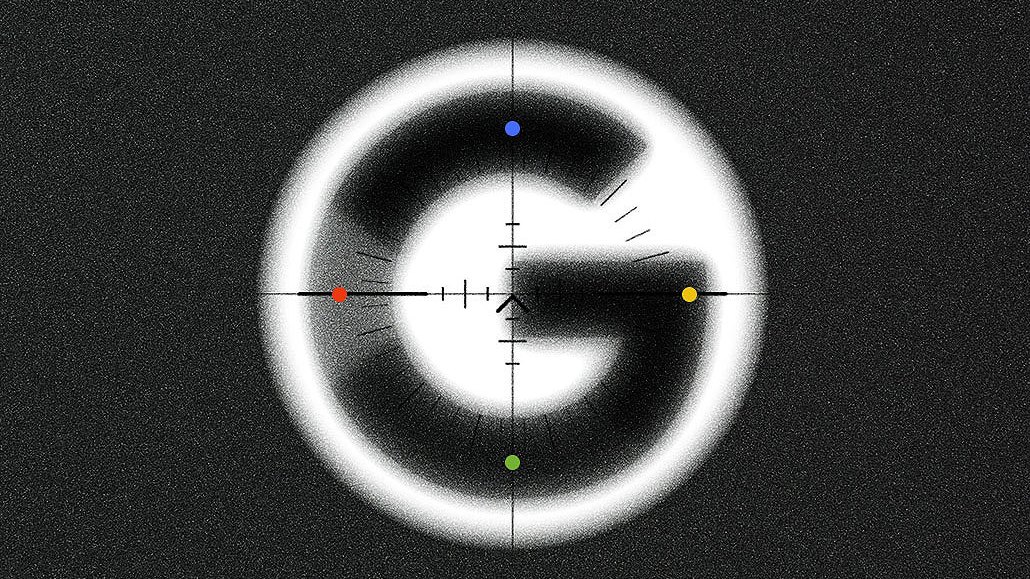By Alexander Lee • March 26, 2024 • 4 min read •

Ivy Liu
Google AdMob is officially serving in-game ads, showing the ongoing growth and mainstream acceptance of the format. But while this might be good news for in-game ads as a concept, it’s not necessarily a cause for celebration for the companies already operating in the space.
AdMob announced its expansion into in-game ads via a blog post on March 12. Like other in-game ad companies, AdMob’s offerings are immersive, taking the form of traditional digital banner ads overlaid on in-game objects such as street signs or billboards. For now, AdMob’s inventory is limited to mobile games, though AdMob group project manager Derek Butcher made it clear that the company will eventually offer ad placements inside both two-dimensional mobile games and three-dimensional games in the vein of “Roblox” or “Call of Duty.”
“A lot of these 3D games, especially, have no ad monetization; as we all know, IAP [in-app purchases] can be great, but it’s usually a small percentage of users,” Butcher said. “So there’s a way that you can have your cake and eat it too — keep that IAP, because the ads aren’t intrusive, but also get your advertising and have that whole picture be a thing that’s not detrimental to the overall user experience.”
Google’s entry into in-game ads — a market that accounted for $8.84 billion in advertising spend in 2023, according to the Business Research Company’s 2024 In-Game Advertising Market report — represents an endorsement of the format from one of the largest digital advertising platforms on the web. To many observers in the space, AdMob’s announcement was great news for the industry at large.
“It’s been an exciting couple of weeks for the sector,” said Kristan Rivers, CEO of the in-game advertising company AdInMo. “We’ve all been waiting for Google to show that this is a legitimate media channel that advertisers should absolutely be interested in. That’s what their entry into the space has done.”
Good news notwithstanding, Google’s entry into the in-game ad space is about as double-edged as it gets. Leading in-game ad companies of the past, such as Massive, eventually found success through getting acquired by larger players — Microsoft, in Massive’s case. When Microsoft and Sony reportedly started spinning up their own internal in-game ad departments in 2022, the news sparked speculation from some sides that today’s in-game ad firms could achieve a similar exit.
But Google has made it clear that it is developing its in-game ad products in-house, rather than working with a pre-existing in-game ad firm such as Anzu, Bidstack or Frameplay.
“We had to do it in-house, actually, in order to be able to unlock our auction demand, because we have a pretty hard and fast rule that for anything that’s Google-sold, we have to be the one measuring it, because we’re on the hook,” Butcher said. “We can’t let a third party measure the billable interactions, whether it’s impression or click.” He added that AdMob was “fully embracing” the Interactive Advertising Bureau’s updated viewability standards for in-game ads, although the company was not directly involved in drafting the new guidelines.
The challenges faced by Bidstack in 2024 provide further evidence that an acquisition exit might not be the most likely future for in-game advertising companies in today’s market. On March 11 — the day before Google’s announcement — Bidstack temporarily suspended its shares from public trading after announcing a failure to find a potential buyer. Bidstack was eventually purchased by a group of Bidstack executives rather than another ad network, publisher or technology company.
“I’m glad that Bidstack has found a path forward to continue, especially for their employees and their partners,” Rivers said. “That’s got to be a good thing.”
In general, some attention has shifted off of in-game advertising as marketers have grown more experienced operating in the gaming sector. The agenda of today’s (March 26) Interactive Advertising Bureau Playfronts event in New York City features only one presentation by a dedicated intrinsic in-game advertising company — a significant decrease from past iterations of the event, which have been dominated by the format.
“Intrinsic, a few years ago, was one of the newer formats, an interesting way to integrate in gaming in a way that was not interruptive,” said Playfronts organizer and IAB Experience Center vp Zoë Soon. “And so there’s definitely a combination of excitement and new advertising interest, and now it’s sort of balanced out a little more with some more of the fuller spectrum.”
https://digiday.com/?p=539203
